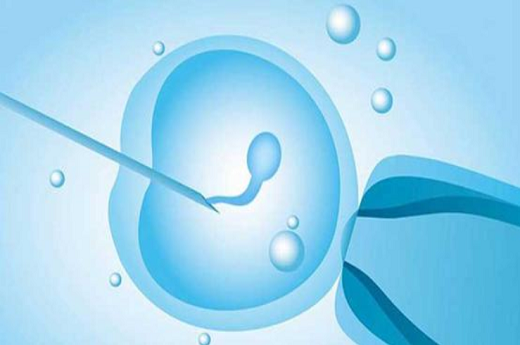In 2021, the landscape of in vitro fertilization (IVF) in Sichuan, China, was characterized by its costs and the opportunities it presented. This article explores the expenses associated with IVF procedures and the broader implications of such investments.
The cost of IVF in Sichuan varies significantly depending on several factors. Firstly, the type of clinic chosen plays a crucial role. Public hospitals typically offer IVF services at lower rates compared to private clinics. Additionally, the specific treatment plan tailored to each couple's needs influences the overall expenses. Factors such as medication, laboratory procedures, and the number of cycles required all contribute to the final cost.

Despite the variability in costs, IVF remains relatively accessible in Sichuan. Public hospitals, in particular, strive to provide affordable options for couples seeking fertility treatments. Government subsidies and insurance coverage further enhance accessibility, making IVF a viable option for a broader range of individuals.
However, the financial burden of IVF can still pose challenges for many families. While public hospitals offer lower-cost options, private clinics may provide additional services or higher success rates at a premium price. Affording multiple cycles of IVF treatment can strain finances, leading some couples to explore alternative funding sources or reconsider their family planning options.
From a broader perspective, IVF represents not only a financial investment but also an investment in the future. The economic impact of IVF extends beyond individual families to society as a whole. Successful IVF treatments contribute to workforce productivity, healthcare advancements, and demographic stability, offering long-term returns on investment.
However, the pursuit of IVF raises social and ethical questions. The commodification of fertility treatments and the disparities in access highlight deeper issues of equity and justice. Balancing the desire for parenthood with ethical concerns surrounding assisted reproductive technologies requires careful consideration from both policymakers and society.

In conclusion, the cost of IVF in Sichuan, China, in 2021 reflected a complex interplay of factors. While affordability and accessibility have improved through public initiatives and insurance coverage, financial challenges persist for many families. Despite these hurdles, IVF represents not only a financial investment but also an investment in the hopes and aspirations of individuals and society at large. Moving forward, addressing the economic, social, and ethical dimensions of IVF will be essential in maximizing its benefits while minimizing its drawbacks.